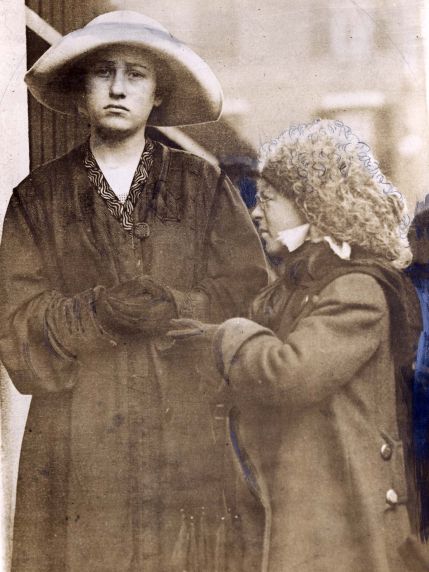(27804) Lawrence Strike, Strikers, 1912
Posted January 3rd, 2012 by eclemens
in
The back of the photograph reads: "Types of foreign girl strikers.”
Nearly half of the textile workers in Lawrence were women or children, many of whom were recent immigrants from areas such as Eastern Europe, Italy, Portrugal, Ireland, Germany, Syria and French Canada.

Date:
1912Physdesc:
Photograph- Login to post comments
- Thumbnail
- Printer-friendly version

 Reddit
Reddit Facebook
Facebook LinkedIn
LinkedIn